How to prevent roots from damaging a terrace?
The biggest problem that can be encountered when you want to install a tree near a terrace is that over time, the roots cause its damage. This is why it is important, beforehand, to be well informed about tree root development you want to install.
Secondly, when planting your tree and whatever its root development, you must ensure that you install it respecting the recommended distances from the various surrounding constructions, then to protect your terrace and ensure your serenityyou can do this in one of two ways:
- Dig a hole deep enough in relation to the surface of your terrace to allow the roots to start well below it. You can then fill the bottom of the hole with gravel which, in addition, will constitute a draining layer under the ground and the tree. This solution is very suitable for a wooden terrace, for example, which is already a little raised.
- After digging a hole, you can also install a root barrier either all the way around the hole, or on the side facing your terrace and to a depth of about 1 m. The roots will thus be guided below the level of the terrace.
Trees not to plant near a patio and why
ginkgo biloba

Also called “tree with 40 ecus”, this tree whose leaves look like palm leaves takes on a superb golden color in autumn. Ginkgo biloba is dioeciouswhich means that this species consists of male trees which bear inflorescences containing the pollen and female trees whose ovules look like apricots.
If it is necessary to avoid planting it near a terrace, it is because in autumn, when the fruits are ripe, they fall to the ground where they rot, releasing a strong and unpleasant odor. If, to circumvent this problem, you are tempted to take a male to plant it near your terrace, know that this tree can reach 40 m in height at maturity. In view of its growth, it is therefore better suited for larger space in the garden.
Plane mulberry
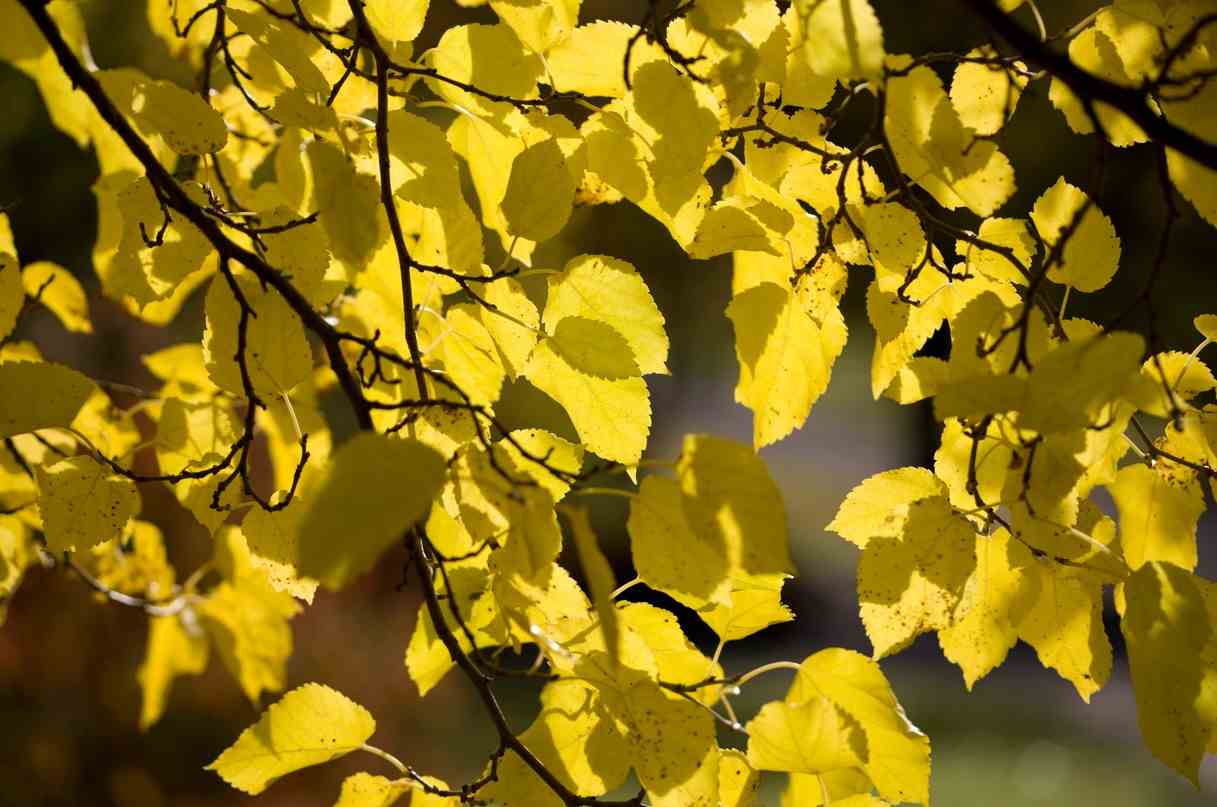
This very beautiful tree seduces with its very graphic foliage. If it allows you to enjoy edible fruits that are rather juicy and sweet, the problem is that they are also messy than those of wild mulberry trees, which will not be ideal for your terrace. The fruits being produced by the female mulberry trees, you may be tempted to turn to a sterile mulberry tree to solve this problem of spots. But here you have to take into consideration that roots can damage your deck.
plum tree
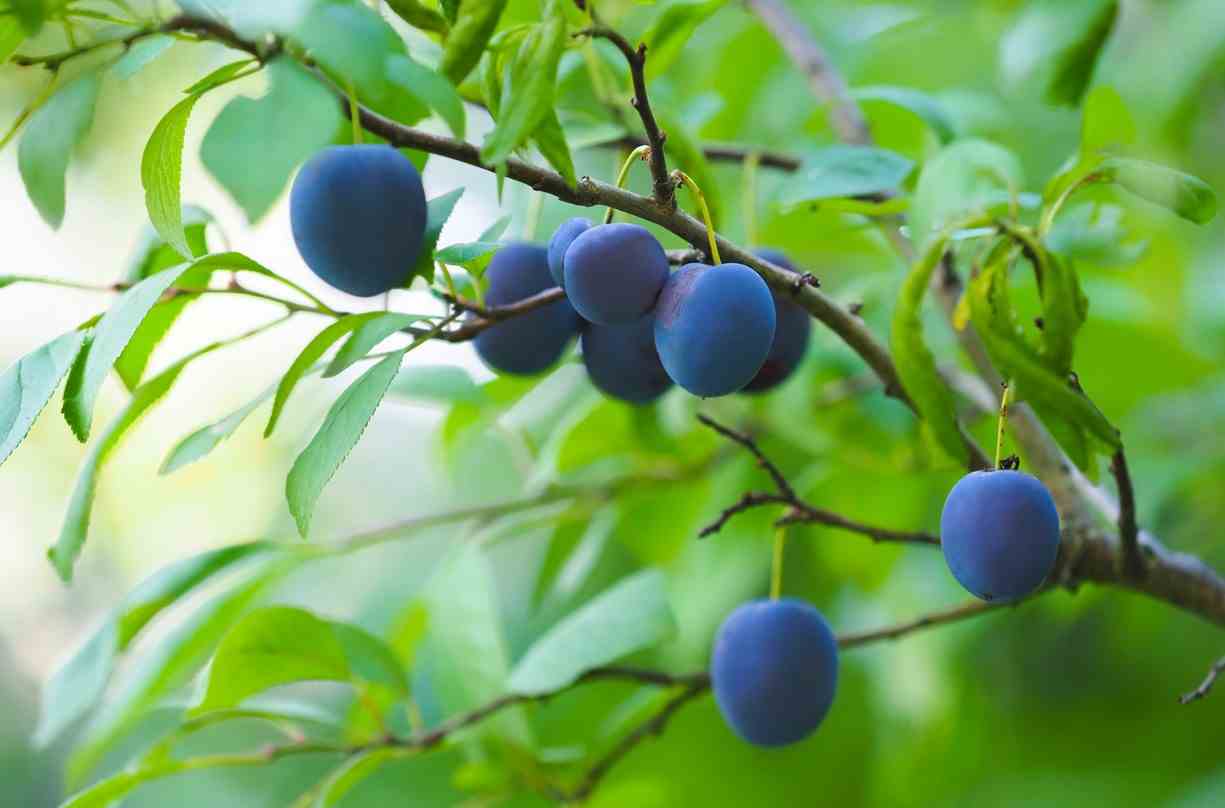
If it may be tempting to install a plum tree near your terrace to enjoy plums directly at hand, know that you may quickly regret it. Yes, as for the mulberry tree, once the fruits have reached maturity, they risk fall to the ground and split open upon impact. You will therefore be forced to clean your terrace more often than you would like.
In addition, insects will come, without a doubt, enjoy this feast and disturb you during your moments of relaxation. To enjoy this tree and its fruits despite everything, choose a location within your orchard or further away in your garden.
Bunge’s Clerodendron

Bunge’s clerodendron is little received in gardens because of its strong smell which can be inconvenient. Depending on the variety, it can have a round or more upright habit, which can then reach up to 4 m in height. Its flowering gives way to almost black fruits. inedible which have two significant drawbacks: they may stain the floor of your terrace forever and, if you have young children, you will have to ensure that they do not put them in their mouths.
Birch
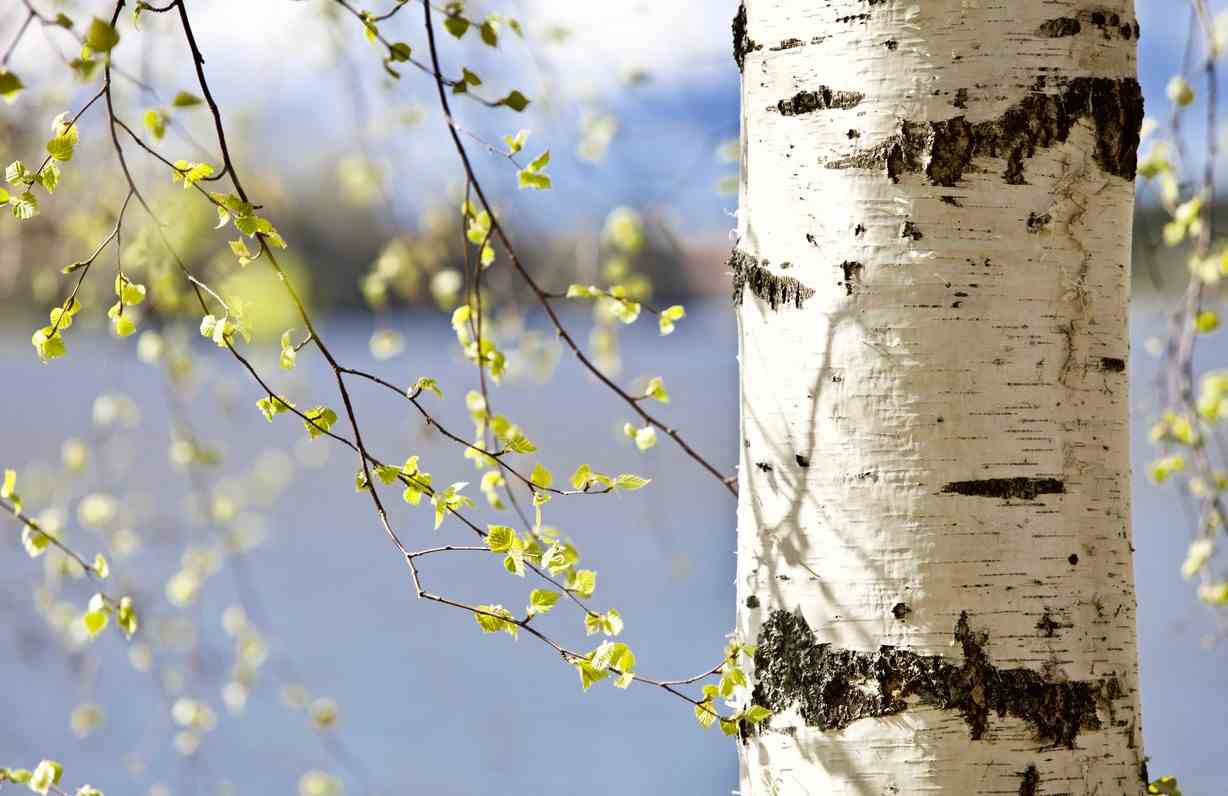
It is best to refrain from planting a birch near your terrace because of its creeping roots which could damage the structure. Besides that, this tree produces downy ears called “catkins” which will end up falling… on your terrace! Needless to say, you will then have to sweep it regularly if you want to avoid damaging its coating.
Chestnut
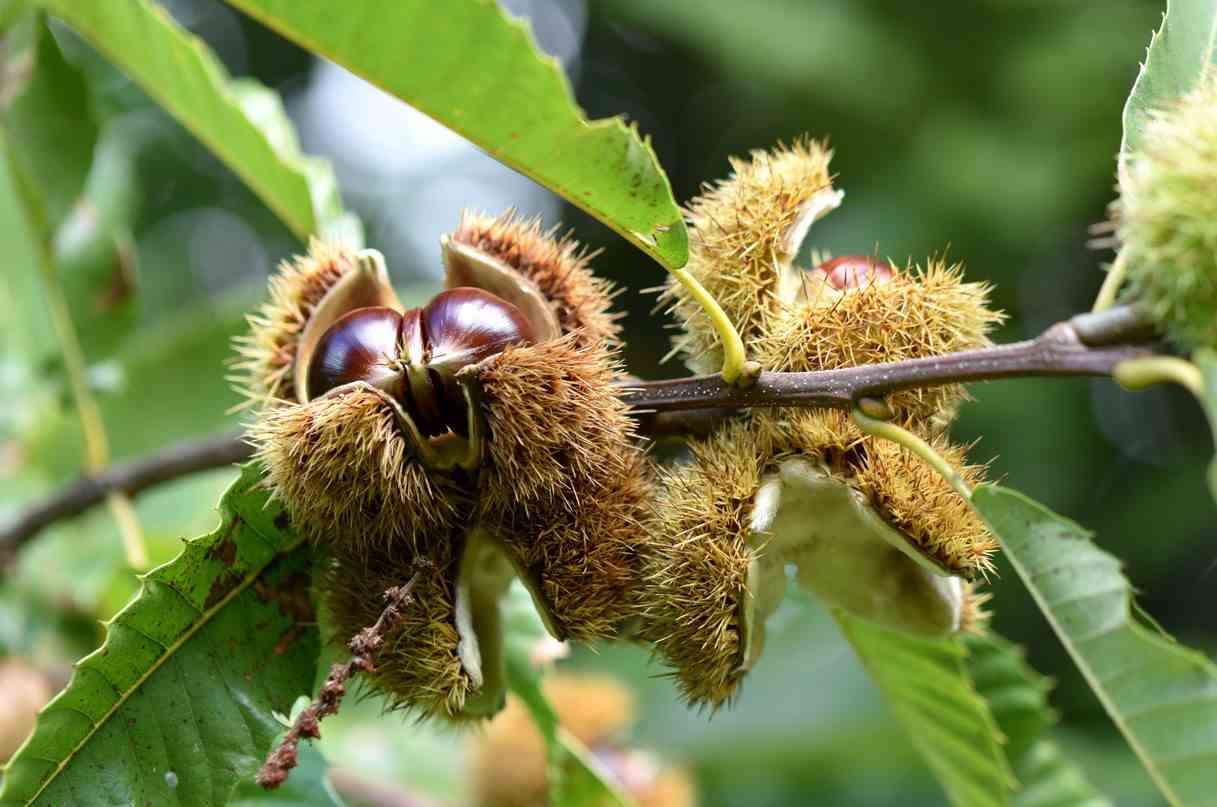
Similarly, it is preferable to refrain from installing a chestnut tree near a terrace. This is due to the fact that this tree produces small globular fruits covered with spikes, which turn brown, then fall once fall arrives. They may then cover your terrace and you will be forced to pick them up as you go to avoid injuring yourself on them. If you still want to enjoy its foliage and pleasantly fragrant flowers, it is better to install it in isolation in a large garden. If you only have a small garden, you can turn to some lower varieties, such as theAesculus parviflora.
Thuja

An ornamental conifer, the cedar is very resistant and can be planted near a terrace to create a natural barrier that protects against possible vis-à-vis or wind. Nevertheless, it should be known that it can cause allergic rhinitis or conjunctivitis. If you are sensitive to pollen, it is best not to install it near your terrace.
Linden

If the ancients tended to advise not to settle in the shade of a lime tree because it caught a cold, they said, they were not far from the truth! In effect, linden pollen is highly allergenic, especially between July and August. It would therefore be a shame to no longer be able to enjoy your terrace and its shade in the middle of summer.
Willow
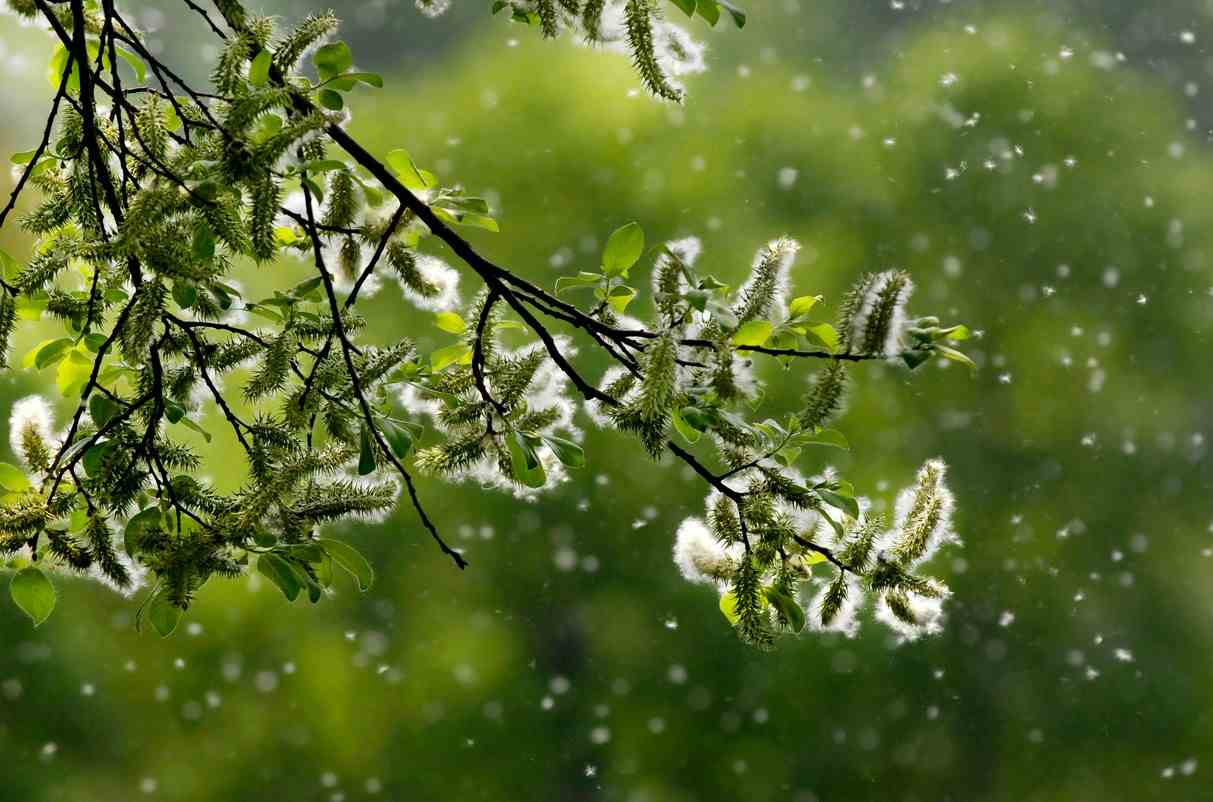
The different species of willows are also the source ofsevere allergies on sunny days. It is therefore strongly advised not to install one in your garden, especially since its strong root system could damage your terrace, but also the pipes. If you insist on having one, turn to a shrubby willow.

